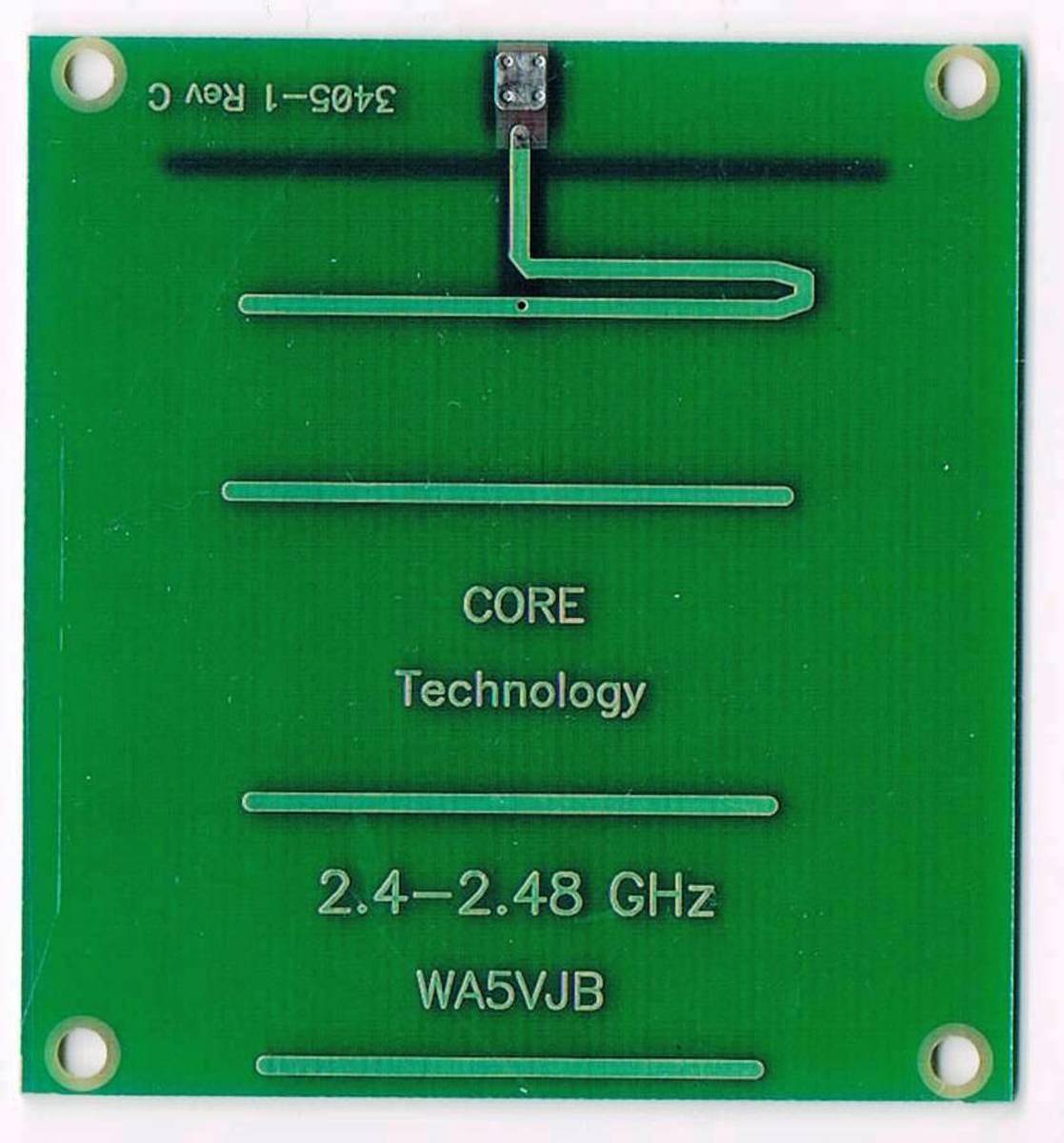4 Popular Myths About DCIM Deployment Busted

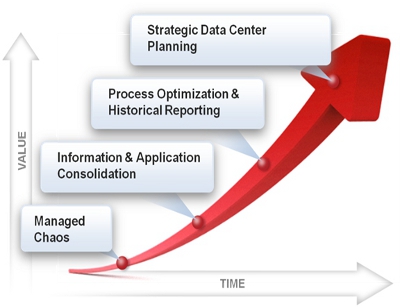
A data center infrastructure management (DCIM) system provides a bird’s eye view of the complete operations of the data center. This objective is becoming increasingly challenging to achieve due to technical advancements and new deployment models such as the Cloud, outsourcing, hosting and colocation, which changes the data center's mode of operation, says a report named Datacenter Trends and Strategies: Competitive Analysis by research firm IDC.
DCIM Deployment
Myth 1: The Set-Up Takes Too Long
Fact: Most data centers that undergo an infrastructure management solution deployment, do so in one go and without comprehensive planning. Instead, of data centers were to approach the deployment in phases and with prioritized needs, it would be able to cater to their needs even in the short-term. Modular architectures are designed to deliver rapid and low risk application of DCIM solutions in a matter of a few weeks.
Moreover, an on-site end user training can help facilitate the transition faster. For instance, Sunbird DCIM's Quick Start program defines a Statement of Work as well as trains the end users so that they can be effective from day one of the implementation.
Difficult to Determine DCIM ROI
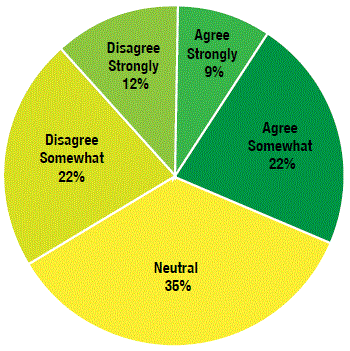
Myth 2: ROI is Insufficient
Fact: DCIM deployment is generating millions in real savings and delivering returns on investment in as less as 36 months. This is according to the article published by Electronic Support System in August 2015. Moreover, efficient DCIM deployment could lead to increased availability of 20 hours per year contributing over $1.2m in value over 3 years, according to a study conducted by Forrester Research and published in November 2014. However, it is important to keep in mind that the ROI on a DCIM implementation is dependent on several factors which are subject to volatility. For instance, the downswing in energy costs will cause the ROI to fall at the moment.
The cost, however, could increase just as suddenly leading to a positive impact on the returns of DCIM. Therefore, ideally, the costs should be calculated over a period of at least three years, as the above cited data indicates.
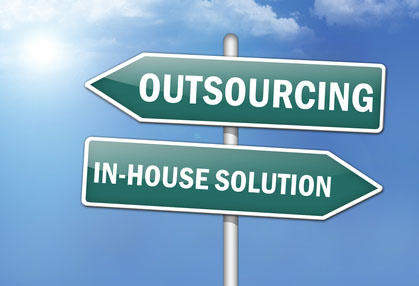
Myth 3: The In-house Software Developers Can Develop It Themselves
Fact: Data centers have sometimes been ambitious enough to commission their software developer/s to build their own infrastructure management solution. However, in doing so it has to be acknowledged that the internal tools tend to be too rigid and insufficient as compared to a full-fledged modular solution. One of the biggest advantage of a DCIM deployment is external ITSM and facilities integration, which is not possible to achieve when attempting to develop a solution independently. In the absence of the programming expertise of DCIM professionals, achieving efficient workflow management, while integrating seamlessly with existing CMDBs may prove to be near impossible.
Moreover, the risk is not worthwhile as for every outage, IT equipment failure costs on average were estimated to be $750,326 in 2013. This is as per an article published by the R F Code Blog in May 2013.
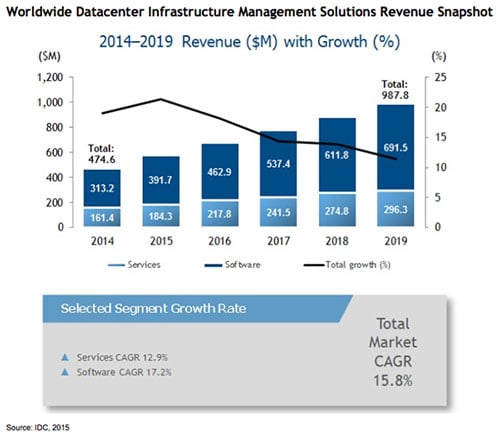
Myth 4: Power Monitoring is the Primary Benefit of DCIM
Fact: Power monitoring is by no means an insignificant benefit of DCIM, given that as of June 2015, there were idle servers worth $30 billion in data centers. This is according to a study conducted by Stanford University in collaboration with TSO Logic and an IT consulting firm called Antithesis Group.
The study discovered that there were 10 million physical servers or 30 per cent of the servers worldwide had not been active in the past six months. Deploying a DCIM solution can manage the wasted power at the data centers; however, it is by no means the only or even the primary function of DCIM solutions. It can manage the entire asset lifecycle of a data center which literally means that every server and every switch and all their connectivity can be managed through the comprehensive asset inventory information that is visualized on DCIM dashboards. Moreover, the solution also makes it easier for a data center to manage physical change as well as automate workflows for increased efficiency. Moreover, one of the most invaluable benefits of DCIM may be that it facilitates enterprise class monitoring – for if you cannot measure something, how will you improve it?


